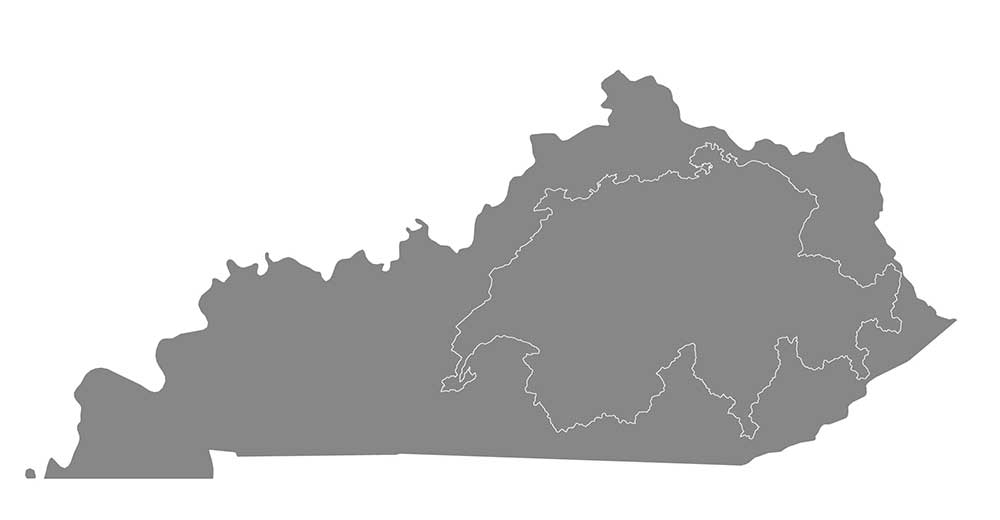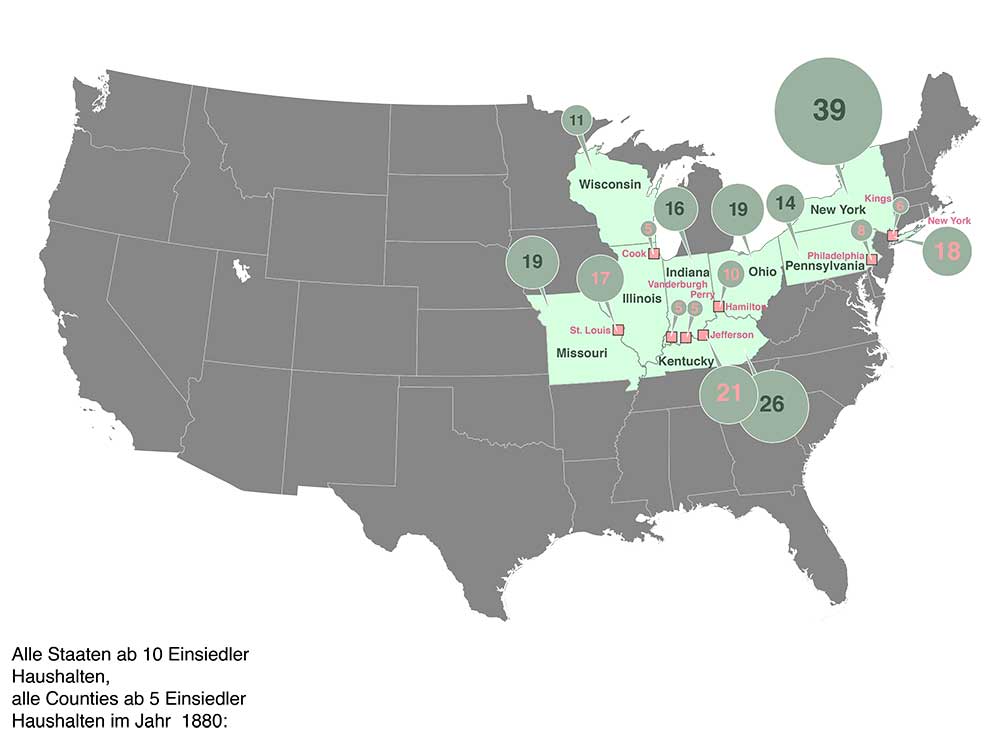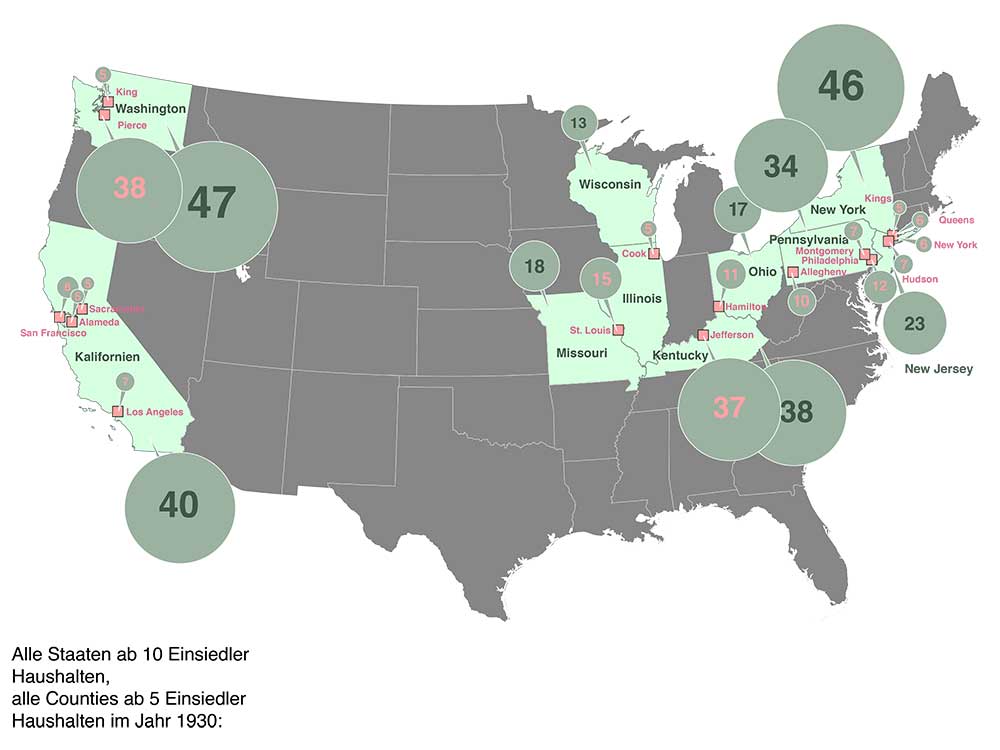At first one might think that the story of Swiss emigration has been told long ago. Statistical works provide indeed much data as to numbers and places of origin.

Numbers, however, suggest an exactitude that does not do justice to the reality of the migration process. Emigrants often would not move from their home places in the so-called „Old World“ to just one chosen destination in the “New World”, but would move from place to place – and quite often also back. Statistics, furthermore, do not give reasons or detailed circumstances for migration. If one looks closer, one begins to realize that Swiss overseas migration remains actually quite unexplored.

The project «Einsiedeln elsewhere» hopes to illustrate a small district in the Swiss pre-Alpine region and also to make the phenomenon of Swiss overseas historically understood. As an example, Einsiedeln shows significant preconditions from various aspects to illustrate historical migration: In comparison to other regions of Switzerland transoceanic migration was comparatively unusually strong. Between 1850 and 1900 some 2000 left their homes for America, if one goes up to 1950 even 3000. From no other district of central Switzerland did as many move overseas. Furthermore, as to reasons, emigration from the area of Einsiedeln shows remarkable diversity. Its people were not driven by poverty. Emigration was rather characterized by various circumstances and was undertaken from various considerations and by diverse actors. For example, Einsiedeln being a Catholic center significantly influenced regional emigration. Thus the Catholic wider denominational situation of the 19th century led to the building of strong bridges between America and Einsiedeln. In 1854 monks from Einsiedeln established a daughter foundation in southern Indiana that evolved into an important religious center of the region. In 1853 the Catholic books- and pictures-publisher Benziger of Einsideln founded branches in New York, Cincinnati, St. Louis, and Chicago. The sale of prayer books, devotional pictures, and religious items of all kinds was economically successful, above all among Irish and German Catholic immigrants.

These stable connections between Einsiedeln and selected places in the United States meant that emigrants from Einsiedeln went between 1850 and 1950 almost exclusively to the USA, while but a few moved to Canada, South America or Australia. In the United States several centers may be identified, New York and New Jersey, some counties in Pennsylvania, and later Tacoma, Washington. Also Louisville on the Ohio, the focus of our project, attracted numerous immigrants from Einsiedeln after the 1850s and especially in the 1880s. Around 1900 there were in Louisville more than a thousand Swiss who had been born in Switzerland, among them some 130 from Einsiedeln, half of them with the name of Kälin. Local research makes apparent that the immigrants from Einsiedeln played a special role in Louisville’s Swiss community, as for instance in milk production or as active members of Swiss associations and Catholic parishes.
Thus the project follows the emigrants across the Atlantic but strives to show both sides of their story.



